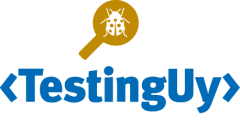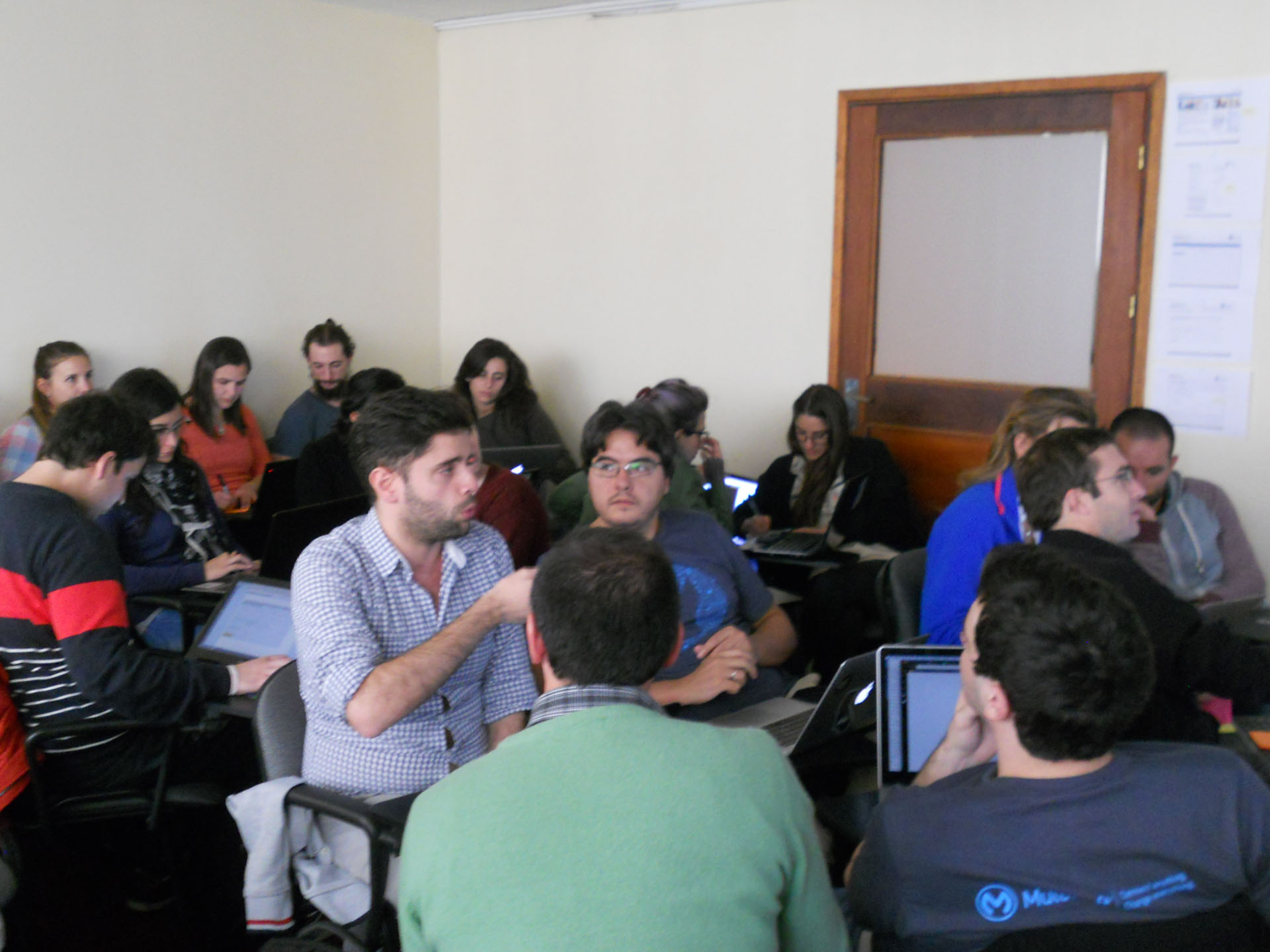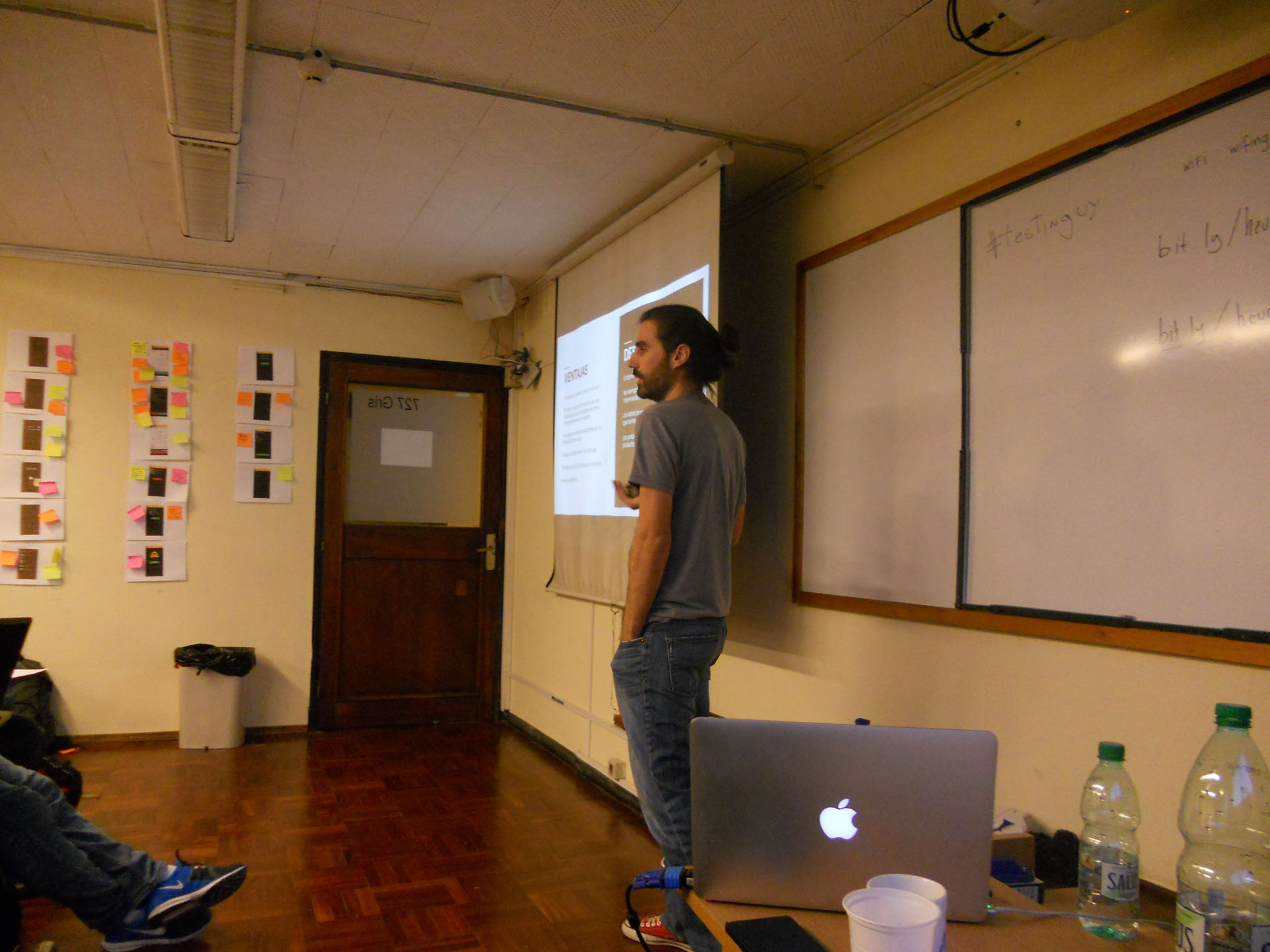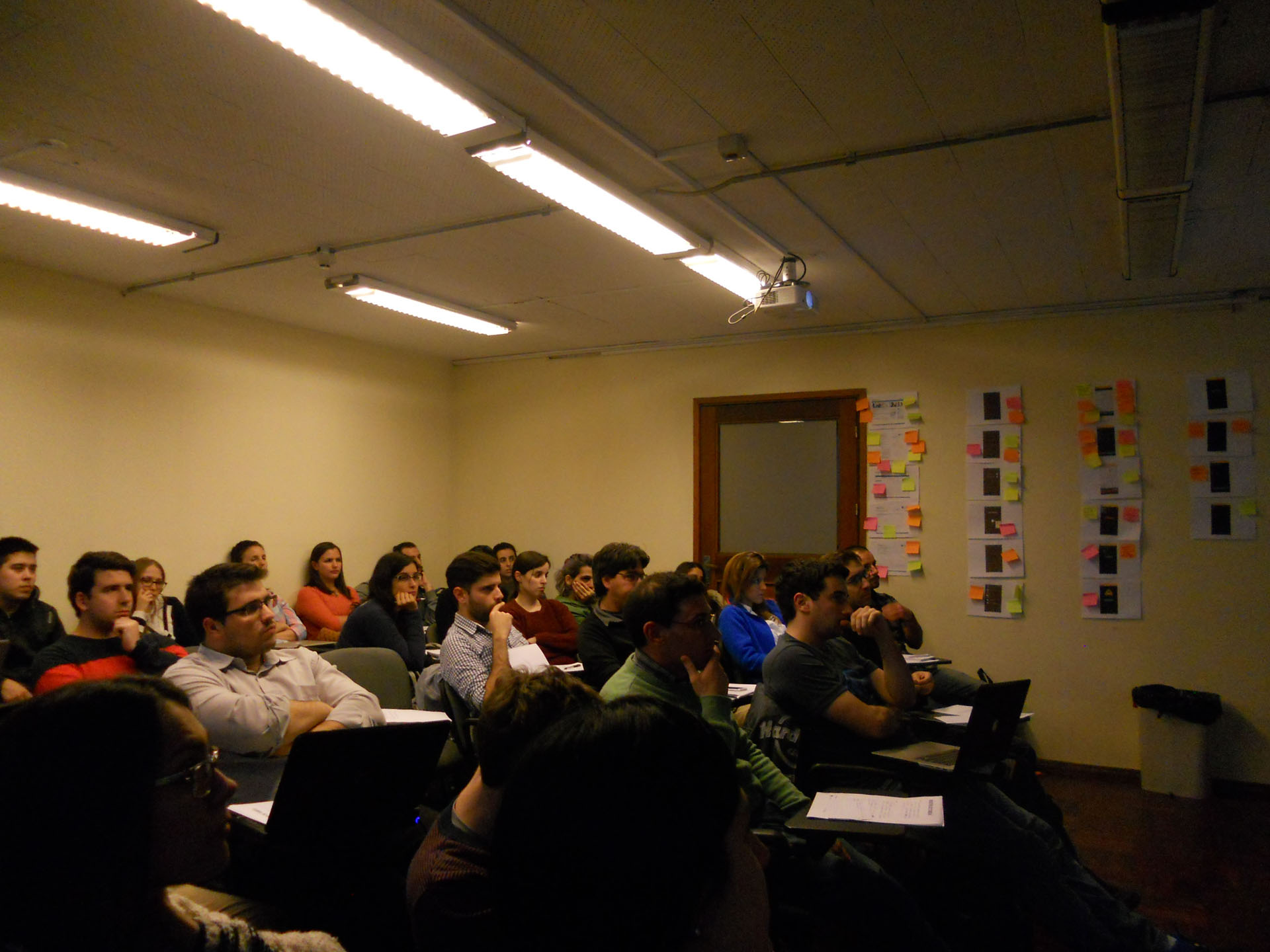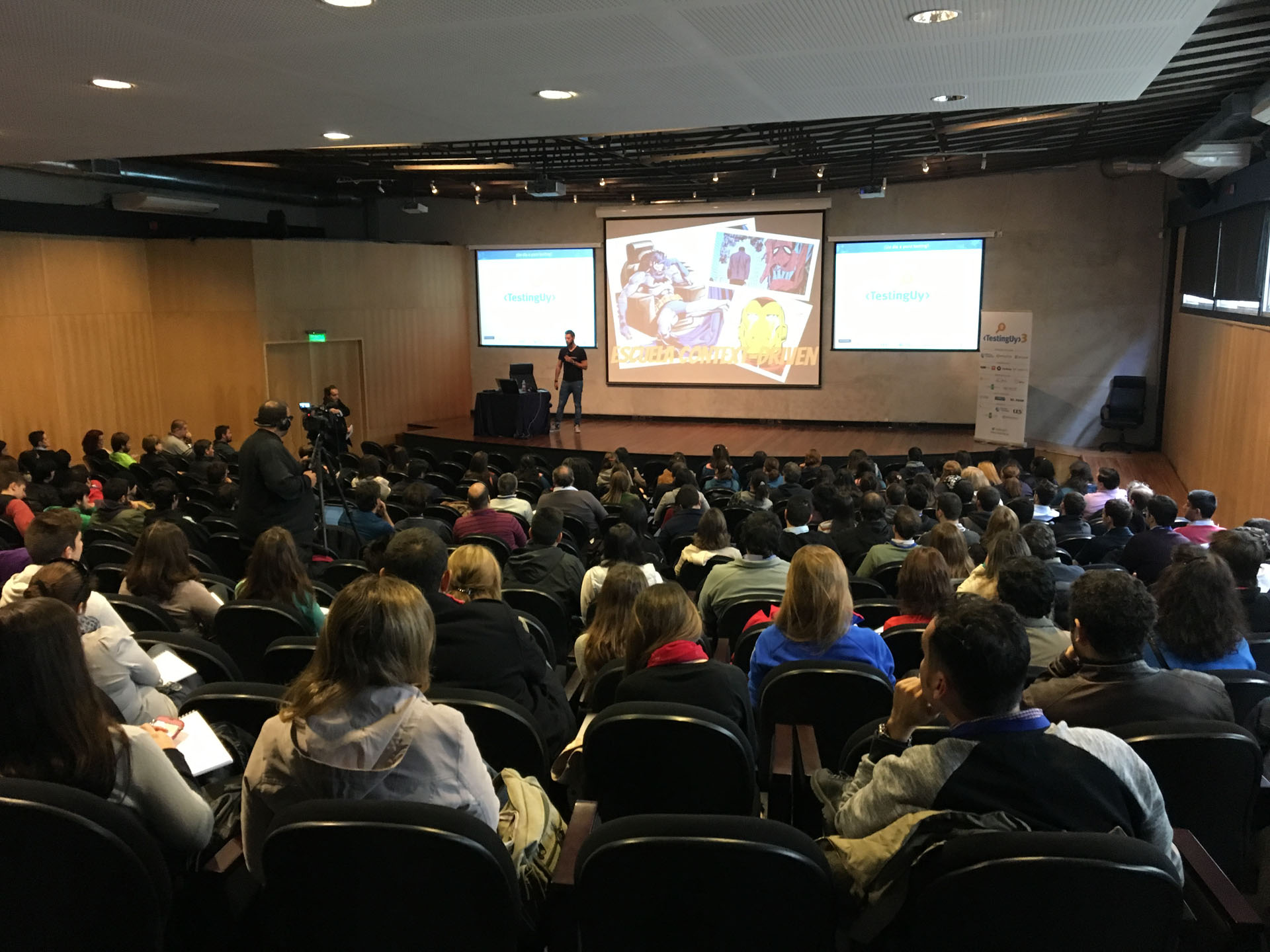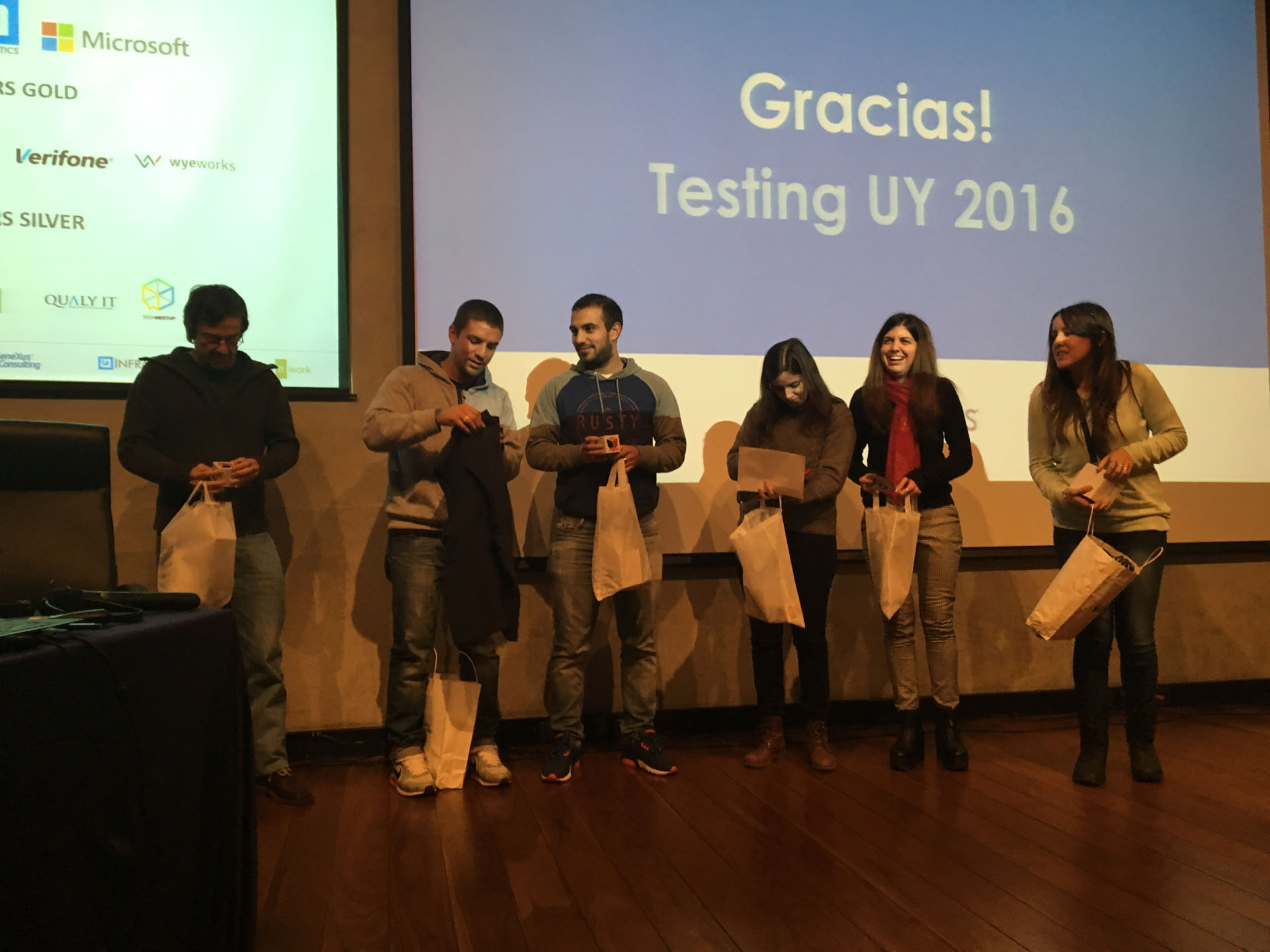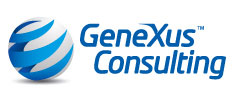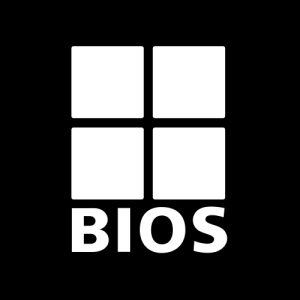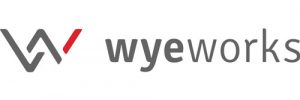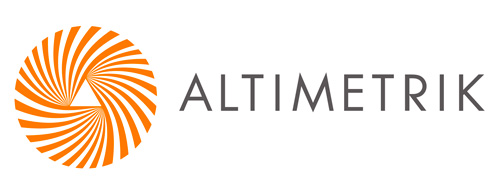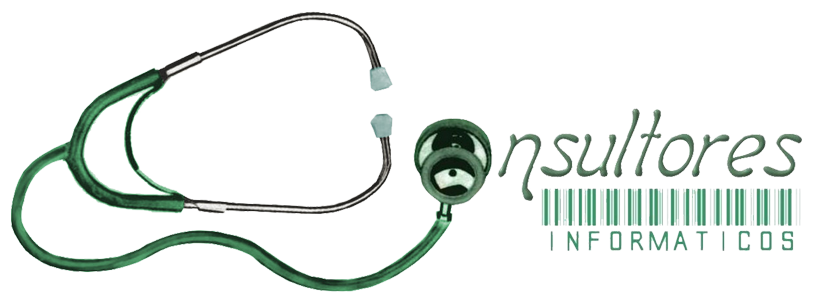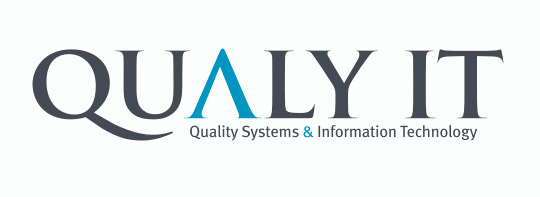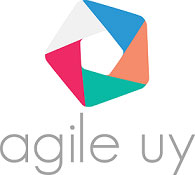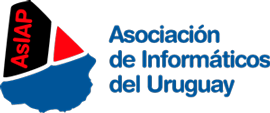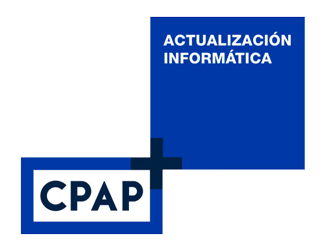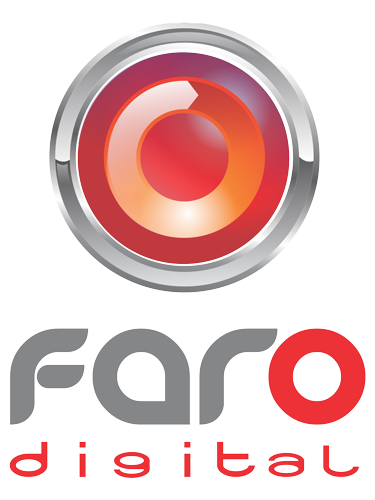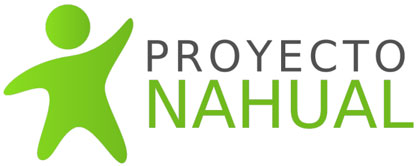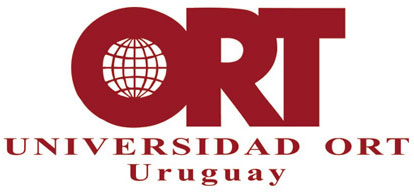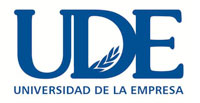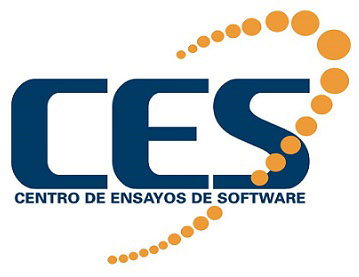2016 Edition
April 26th and 27th - School of Engineering, Universidad de la República - Montevideo, Uruguay
On April 26th and 27th, we held the third edition of the most important testing conference in the region. The event was hosted in the School of Engineering at Universidad de la República.
There were more than 150 attendees during the first day, where 9 workshops were conducted. During the second day, there were lectures with more than 270 participants, including testers, developers, analysts and project managers, among others.
Workshops

USER TESTING - PART I
Daniel Mordecki - ROOM 727
User Test are a powerfull tool for Usability problem detection. There isn’t anything more eloquent than seeing users using an application, decoding its messages and interacting with its dialogs. It’s a low cost technique that produces relevant results when you need to improve a site or application interface.
Requirements: attendees have to bring their computer, tablet or cellphone.

Coffee Break

USER TESTING - PART II
Daniel Mordecki - ROOM 727
User Test are a powerfull tool for Usability problem detection. There isn’t anything more eloquent than seeing users using an application, decoding its messages and interacting with its dialogs. It’s a low cost technique that produces relevant results when you need to improve a site or application interface.
Requirements: attendees have to bring their computer, tablet or cellphone.
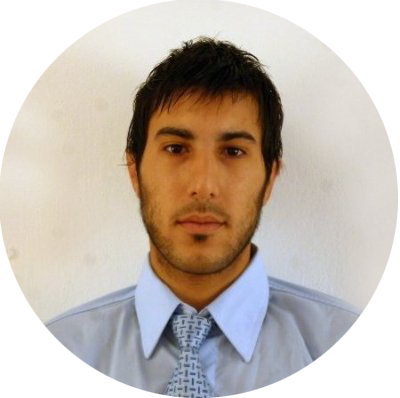
IMPLEMENT SECURITY AS A TESTING TASK: DAST
Rodrigo Barbosa - ROOM 725
Ensuring the SECURITY of an application implies a wide range of situations. Not all the software development teams have a specialized department in software security and they wrongly think that the developed applications are secure.
Having a Dynamic Analysis Security Testing plan on our test framework it is critical if we are the last link among the developers and the users of the application.
This workshop would help attendees to discover why it is recommended to include DAST in their testing plans and to study thru several examples the advantages this approach implies towards to the application’s integrity.
There is only need for creative users to expose the security of an application.
Requirements: attendees have to bring their computer with Chrome or Firefox browser installed.


TESTING SOFTWARE COMPATIBILITY WITH IPV6
Gustavo Guimerans and Gerardo Rada - ROOM 720
The environment will be configured on a virtual machine (VM) using VirtualBox’s virtualization engine and Vagrant for building the VM instance. Below is a step-by-step guide for configuring the VM:
1. Go to this link and download and install VirtualBox for your operating system. link.
2. Go to this link and download and install Vagrant for your operating system. link.
3. Once you’ve installed Vagrant, please download this file https://goo.gl/PUVD8i.
4. Unzip the downloaded file; you will use the Vagrantfile file. Using a command line prompt, go to this folder (using the “cd” command as appropriate, without the quotation marks). Then execute the “vagrant up” command. This will begin installing all the components within the MV. Wait until the operating system you will use in the new VM has been downloaded and installed.
5. Once this process is complete, a VirtualBox instance should start. Your environment is now configured. You can check that the application you will test is running by going to the following URL in a browser window in the MV: http://localhost:8080/geo-web/login. Username: usr1; password: pass.
A methodology for testing hardware and software compatibility with IPv6 is presented.
In this workshop we introduce the topic through exercises that are examples of real situations of malfunctioning of a system operating under IPv6, and can be identified applying the proposed methodology.
Requirements: attendees have to bring a laptop configured with the following environment:
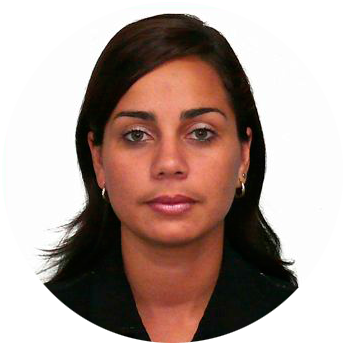
ACCESSIBILITY TESTING FOR MOBILE APPLICATIONS
Lisandra Armas - ROOM 705
We live in a world where mobile technology is already part of our lives. In 2014 Google Play had over 1.43 million applications in the market and App Store had over 1.21 million applications, but how many apps are accessible to people with disabilities? There are more than one billion people living worldwide with some form of disability; nearly 200 million of them have considerable difficulties in their operation. When a company launches an application to the market it should consider accessibility as an important factor because the population is aging and the risk of disability is higher between older adults, and also the global increase of chronic diseases. The workshop’s objective is to promote the importance of accessibility testing in mobile applications to achieve an accessible product for everyone.
Requirements: attendees have to bring their computer. Operating System Windows 8 and Wi-Fi.

LUNCH

PERFORMANCE CLINIC
Gustavo Guimerans - ROOM 720
A performance testing methodology is presented and the participants will analyze some applications in different clinical situations.
Together we will realize that the proper application of the methodology helps evaluate performance and thus, detect hidden problems and be aware of the system’s risks in production.

TEST AUTOMATION WITH RUBY - PART I
Rodrigo Gómez - ROOM 705
We will introduce the main characteristics of Ruby lenguage, it use to perform functional testing. Diferent usefull functions available in the language libraries for handling services, browsing and monitoring; with simple examples in each case.
Requirements: attendees have to bring your computer and install what is stated in this googledoc.

REALTIME METRICS AND DYNAMIC TEST AUTOMATION - PART I
Sergio Emanuel Cusmai - ROOM 725
It will be shown a high-innovative tool that excels current tools in the market, helping testers to perform better and gather information in real time besides guiding and suggesting users on Professional Testing Standards. It implements dynamic Test automation covering multiple platforms and much more.
Requirements: attendees have to bring their computer.
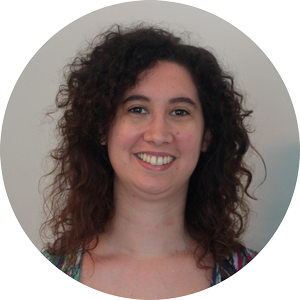

TESTING USER EXPERIENCE - PART I
Claudia Badell, Martín Loskin and part of the Indigo Studio team - ROOM 727
Key Learnings:
– understand what we mean when we talk about user experience, and our role in it.
– incorporate different usability heuristics to improve our testing when evaluating the SUT.
– develop an awareness of the different techniques for usability testing with users.
This workshop will cover:
– Usability and user experience: an introduction to the concepts.
– Usability Heuristics: an overview of the different heuristics proposed by Jakob Nielsen and a hands-on exercise.
– Testing with users: learn what quantitative and qualitative usability testing techniques are. We’ll focus on two techniques: Task-oriented testing and Analytics, with a hands-on exercise about each.
Requirements: attendees have to bring their computer.

Coffee Break

EXPLORATORY TESTING WORKSHOP
Federico Toledo - ROOM 720
If you have any doubts about the benefits of exploratory testing, we invite you to join this group activity in which we will be presenting the strategy with its benefits and its applicability. Most importantly, we will understand exploratory testing in a fun way, breaking the myth that testing is boring.

TEST AUTOMATION WITH RUBY - PART II
Rodrigo Gómez - ROOM 705
We will introduce the main characteristics of Ruby lenguage, it use to perform functional testing. Diferent usefull functions available in the language libraries for handling services, browsing and monitoring; with simple examples in each case.
Requirements: attendees have to bring your computer and install what is stated in this googledoc.

REALTIME METRICS AND DYNAMIC TEST AUTOMATION - PART II
Sergio Emanuel Cusmai - ROOM 725
It will be shown a high-innovative tool that excels current tools in the market, helping testers to perform better and gather information in real time besides guiding and suggesting users on Professional Testing Standards. It implements dynamic Test automation covering multiple platforms and much more.
Requirements: attendees have to bring their computer.


TESTING USER EXPERIENCE - PART II
Claudia Badell, Martín Loskin and part of the Indigo Studio team - SALÓN 727
Key Learnings:
– understand what we mean when we talk about user experience, and our role in it.
– incorporate different usability heuristics to improve our testing when evaluating the SUT.
– develop an awareness of the different techniques for usability testing with users.
This workshop will cover:
– Usability and user experience: an introduction to the concepts.
– Usability Heuristics: an overview of the different heuristics proposed by Jakob Nielsen and a hands-on exercise.
– Testing with users: learn what quantitative and qualitative usability testing techniques are. We’ll focus on two techniques: Task-oriented testing and Analytics, with a hands-on exercise about each.
Requirements: attendees have to bring their computer.
Sessions

REGISTRATION

WELCOME

KEYNOTE: "AGILE TESTING: THE LAST ISSUE OF THE GREAT SUPERHERO"
Javier Garzas


THE “AGILE” DEATH OF THE TESTER
Federico Toledo and Gabriel Montero
Is the software tester’s role doomed due to agility? If we continue doing the same things we did twenty years ago, probably yes. Some agile frameworks as Scrum have gone beyond project management, re-defining our conception of work, paying special attention to teamwork and interactions over role specialties. Does this mean that we have to get rid of specialties such as the software tester? No, quite the opposite. In our talk we will discuss the change in paradigm, looking for a wider conception of what being a software tester implies. In our opinion a tester should not only be focused in test case design and execution, it should be a “full stack” role that incorporates new approaches like Exploratory Testing and management elements. We believe that this is the key to generating fully confident and collaborative environments, that allow us to provide our customers with better quality products with an adequate time to market.

COFFEE BREAK

HOW TO MANAGE CONTINUOUS IMPROVEMENT IN TESTING TEAMS
Nadia Soledad Cavalleri
It is very common to have at least one of these problems in testing teams:
• All of the testers of the company do not know each other (specially in consulting companies).
• To spend time to find solutions to recurrent problems.
• Being reactive to customer’s needs instead of being proactive.
• Services are provided with different quality for different customers (depending on the tester to prove it).
• To perceive the testing area is stagnant (no innovation).
In Baufest, an international company that provides IT services, we implemented the concept of Communities of practice to solve these and other related problems and we want to share it with you.

TEST AT CLOUD SCALE
Fabián Alves
The cloud as a computing platform allows new software architectures bringin new challenges and opportunities for testing.
Automating deployment of Dev/Test environments, integrating the automated test to the release pipeline, simulating users in a global scale, are some of the activities of the testing process that can leverage the economics of the cloud.
Let’s see what new possibilities and tools Microsoft brings for this new scenarios.

LUNCH

THE ESSENTIAL GUIDE TO MOBILE APP TESTING
Silvia Nane
By the time you finish reading this, the mobile app landscape will have changed. New OS versions will have been released. A bunch of new devices will have hit the market. Cool new apps will have gone viral, altered the way we interact with the world around us, and sold for millions. And mobile app testing will have become that much more complex and challenging for all of us.

MOBILE TESTING
Guillermo Skrilec
Every day we are exposed to new mobile applications enabling us to buy, call a cab, make an appointment, request food delivery, and many other things that we were used to doing in a different way. One of the main challenges is to make these applications function correctly on different devices, which is crucial for the success of all applications. The way to ensure this is to test the application on real devices.
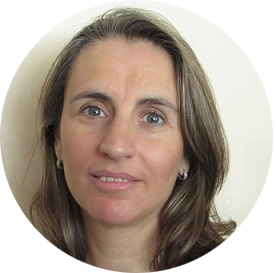
SOFTWARE TESTING PROCESSES CONTINUOUS IMPROVEMENT
Amalia Álvarez
Software testing becomes a fundamental activity in the software lifecycle processes. Several models and standards define best practices for definition, implementation and continuous improvement of the testing processes.
Software testing activities are usually in the critical path of the projects and evaluate product quality after development. For this reason, it is important that we use best practices available so we don’t add unnecessary time to the project and contribute to improve development and release processes performance in a significant way.
TMMi and ISO/IEC 29119 are two of the most used models for defining and improving software testing processes. Best practices derived from these models will be presented as well as the degree in which they are being used in the industry.
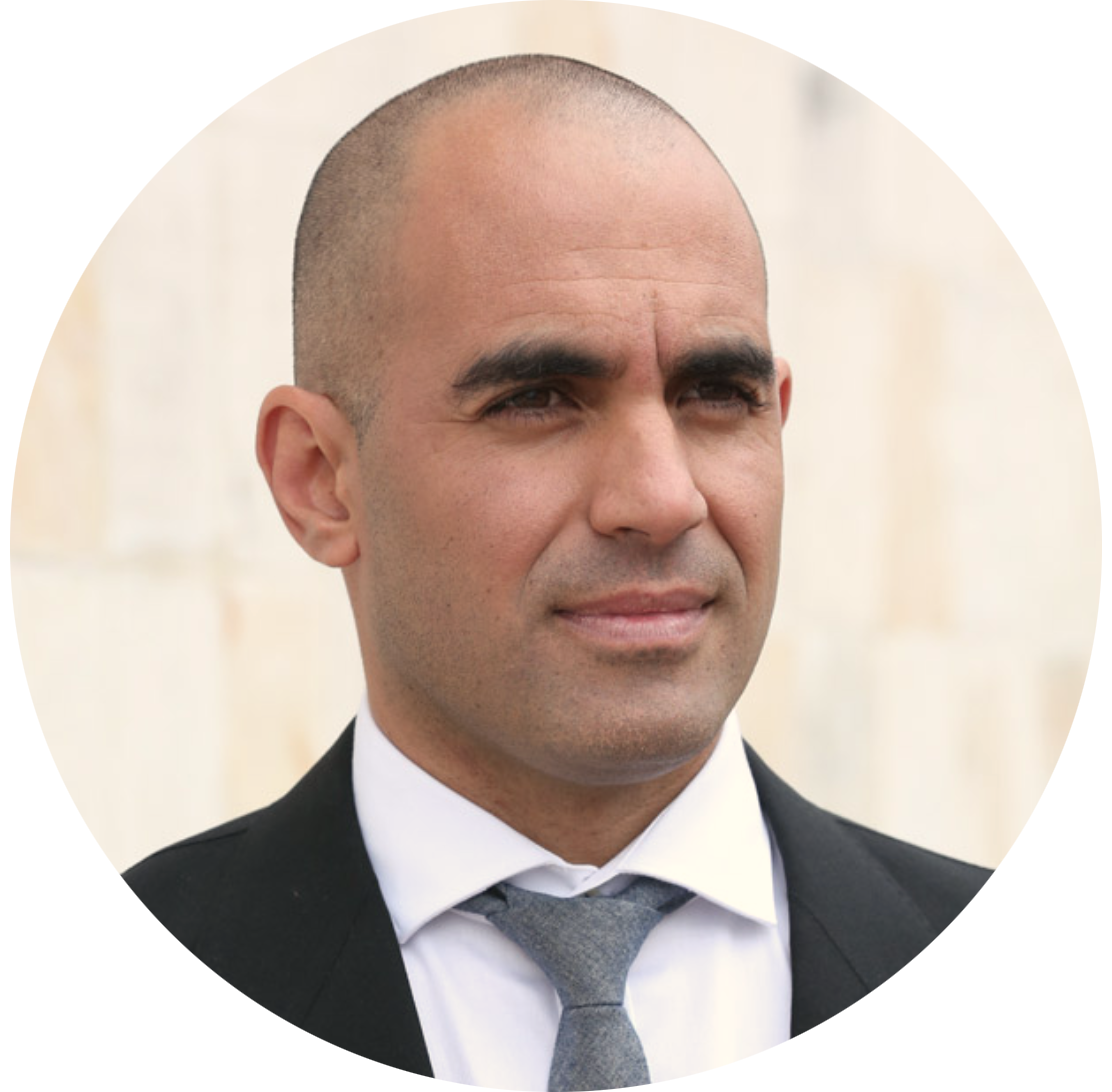
TEST DRIVEN DEVELOPMENT SALESFORCE PLATFORM
Aldo Fernández
Testing is the key to successful long-term development and is a critical component of the development process. Salesforce’s Best Practices strongly recommend that you use a test-driven development process, that is, test development that occurs at the same time as code development. But, how real is this in our projects? what are the long-term benefits? how to encourage developers to think test-first? is this feasible? Join us to discover myths and truths of TDD.

COFFE BREAK
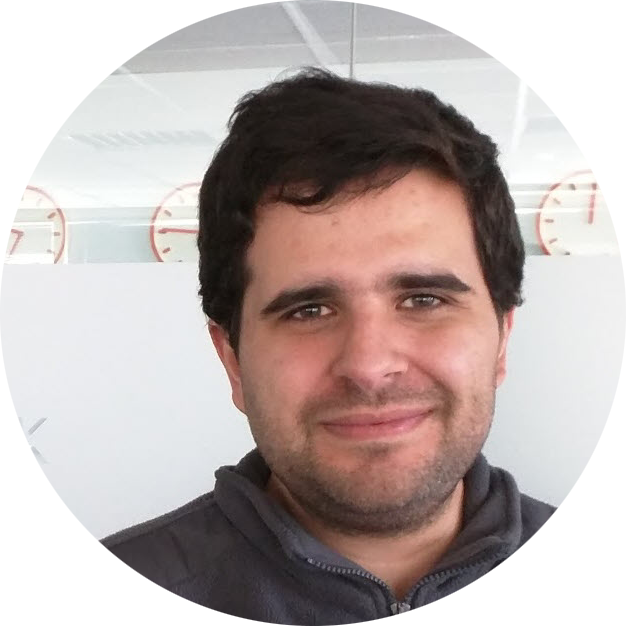
AUTOMATION WITH RUBY 101
Denis Rodríguez
There’s an evident need of automation processes for a complete testing. Automation has enabled us to standardize knowledge, reduce costs, and make quicker decisions. It also allows a early stabilization of the code, increase the production in addition to increasing the competitiveness of the company.
In recent years there have been created a lot of testing tools that enable the automation process to be simpler and increase its scope. The most popular are developed in JAVA, and may have different additions or modifications but the base is always the same.
We encountered Ruby in a project, and when we started automating, we saw a path that didn’t have an ending. It started assembling a working environment, looking for the best IDE, looking for plugins that made things simpler and services that will enhance this work. We tried paid and free tools, our own and hired servers, the process taught us a lot, and made us see that there are still many things to do. The result of our work is a set of tools that allows QAs to automate test cases in a modern language that’s becoming a big wave in cloud computing.

HOW TO TEST PERFORMANCE AND NOT DIE TRYING
Diego Cardozo
This talk is about performance testing (load and response times, etc). We will go over what needs to be measured, how to run quick tests and what tools can be used to automate the process in order to obtain results that have long term value. We will also do a demonstration of some of the most modern performance testing tools that exist on the market nowadays.

MONITORING AN APACHE JMETER LOAD TEST IS NO LONGER A BURDEN
Gustavo Mažeikis
A load test is used to verify how an application works in normal and peak load conditions. It enables you to measure response times, throughput rates, and resource-utilization levels, and to identify your application’s breaking point.
Apache JMeter is a popular tool for conducting load tests. It can be used in diverse scenarios due to its versatility and its open-source nature. However, displaying real-time information about the evolution of the test is not one of its most prominent characteristics.
In this presentation I will show a simple way to monitor a load test in real-time, integrating connectors (Elastic Logstash, Apache Flume) for log processing, full-text search engines (Elastic Elasticsearch, Apache Solr) as repositories, and visualization platforms (Elastic Kibana, Lucidworks Banana) as dashboards. Incorporating this complementary tools will simplify orchestrating the test, displaying real-time information of its evolution, and allowing a deeper analysis of the results, without any impact on the execution of the test.
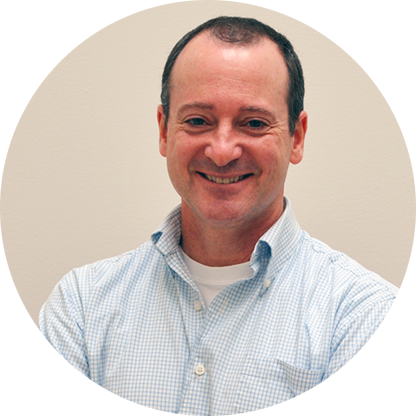
KEYNOTE: DESIGN, USABILITY AND COMPLEX SYSTEMS
Kevin Richardson

SWEEPSTAKES AND CLOSING
